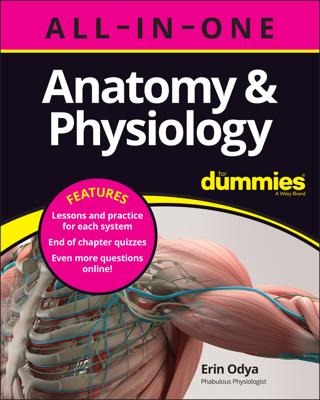Layered over the skeleton, muscles largely determine the body’s form. More than 500 muscles are large enough to be seen by the unaided eye, and thousands more are visible only through a microscope. A muscle organ has two parts:
The belly: Composed predominantly of muscle fibers
The tendon: Composed of fibrous, or collagenous, regular connective tissue. If the tendon is a flat, sheetlike structure attaching a wide muscle, it’s called an aponeurosis.
The sarcolemma of each muscle fiber is surrounded by areolar connective tissue called endomysium that binds the fibers together into bundles called fasciculi. Each bundle, or fasciculus, is surrounded by areolar connective tissue called perimysium.
![[Credit: Illustration by Imagineering Media Services Inc.]](https://www.dummies.com/wp-content/uploads/462739.image0.jpg)
All the fasciculi together make up the belly of the muscle, which is surrounded by dense connective tissue called the epimysium. Blood vessels, lymph vessels, and nerves pass into the fasciculus through areolar connective tissue called the trabecula. These blood vessels in turn branch off into capillaries that surround the muscle fibers in the endomysium.

